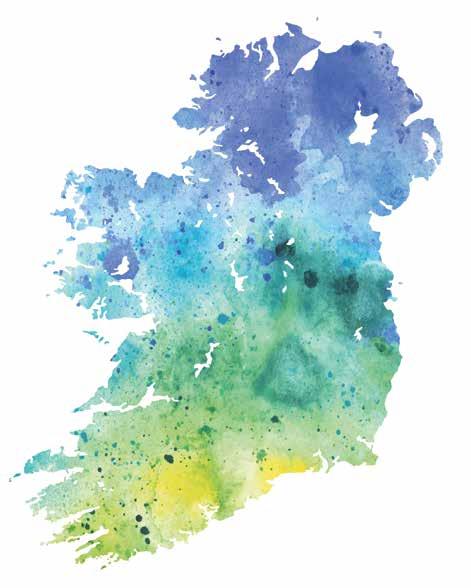Asthma Module
Feature
ADULT ASTHMA – DIAGNOSIS AND MANAGEMENT Ruth Morrow Respiratory Nurse Specialist. Registered Nurse Prescriber, Nurse Educator & Consultant
The aim of this module is to explore the diagnosis and management of stable asthma in the adult person. The module will focus on symptoms, diagnosis, differential diagnoses and management of stable asthma Setting the scene Asthma affects over 380,000 people in Ireland. 7.1 per cent of Irish adults have asthma (www.asthmasociety.ie accessed 7th July 2020). In 2020, one person continues to die from asthma in Ireland every six days despite advances in knowledge of the mechanisms of asthma and pharmacology. In 2019, the Asthma Society of Ireland published a report on the economic burden of asthma in Ireland. Easing the Economic Burden of Asthma – The Impact of a Universal Asthma Self-Management Programme is the first prevalence and impact assessment of asthma since 2001. The report, for the first time, confirms the enormity of the asthma burden and contains up-to-date figures on the number of people affected by asthma in Ireland. Previous estimates using the Quarterly Household National survey and other crude data, into the large-scale impact of asthma on the Irish healthcare system, grossly under-estimated the number of people with asthma in Ireland. 2017 saw 2.4 million GP and 625,000 practice nurse asthma consultations respectively, 421,000 specialist visits, 133,000 emergency department visits and 8,000 hospital admissions. One person dies every five days from an acute asthma attack and there is one attendance at emergency departments every four minutes by a person with asthma. The annual economic burden of asthma is a staggering €472million. Some other statistics from the report include: ▸ 890,000 people in Ireland experience asthma at some stage of
14 SEPTEMBER-OCTOBER 2020
their life. ▸ €1,242: The annual average cost of asthma per person. ▸ 1 in 13 people in Ireland currently have asthma. ▸ 1 in 10 children currently have asthma ▸ 1 in 5 children experience asthma at some stage in their life. ▸ Compared to 14 other European countries: Ireland had the highest death rate from asthma in 2015. ▸ The average number of work days missed every year due to asthma is seven ▸ The average number of school days missed every year due to asthma is five ▸ Ireland had the second highest rate of asthma hospital discharges in Western Europe in 2016 ▸ 40,593: The number of children registered under the Asthma Cycle of Care programme ▸ 2.68 days: Average length of stay with an asthma hospital admission Asthma is a condition that can be treated effectively and most patients can obtain good control through optimal use of their medication and appropriate management plans. Optimally controlled asthma includes: ▸ little or no use of reliever inhaler ▸ have no night-time or daytime symptoms ▸ have productive physically active lives ▸ have near normal lung function ▸ avoidance of serious attacks
(GINA, 2020) A copy of the report can downloaded here https://www.asthma.ie/document-bank/easing-economic-burdenasthma-report Signs & Symptoms The symptoms of asthma include wheezing, coughing, shortness of breath and chest tightness following exposure to allergens. These symptoms are variable and usually troublesome at night or early morning. To make a diagnosis of asthma patients should have at least two of these four symptoms. Symptoms are variable and may occur or worsen in a seasonable pattern. The patient may also have eczema and hay fever. A positive family history of asthma or other atopic conditions may also be present. The patient may describe their symptoms becoming worse when exposed to certain trigger factors. Trigger factors Trigger factors for asthma are individual to each patient and can include smoking, house dust mite, respiratory tract infections, exercise, changes in temperature, fumes, occupation agents, fog, stress, hormones, emotion and certain medications (aspirin, beta-blockers and NSAIDs). The list of possible trigger factors can be lengthy and it may take the patient some time before they can identify their trigger factors. Asthma Phenotypes Traditionally asthma has been divided









